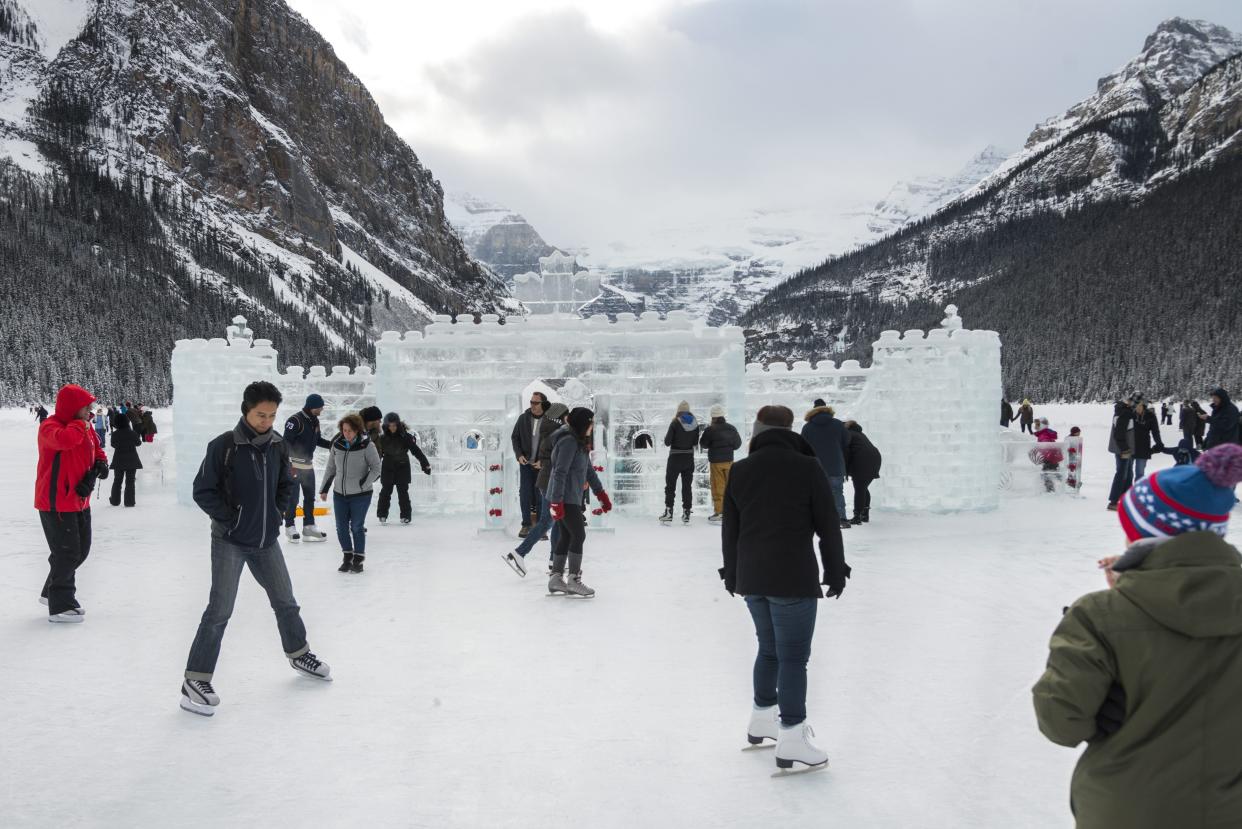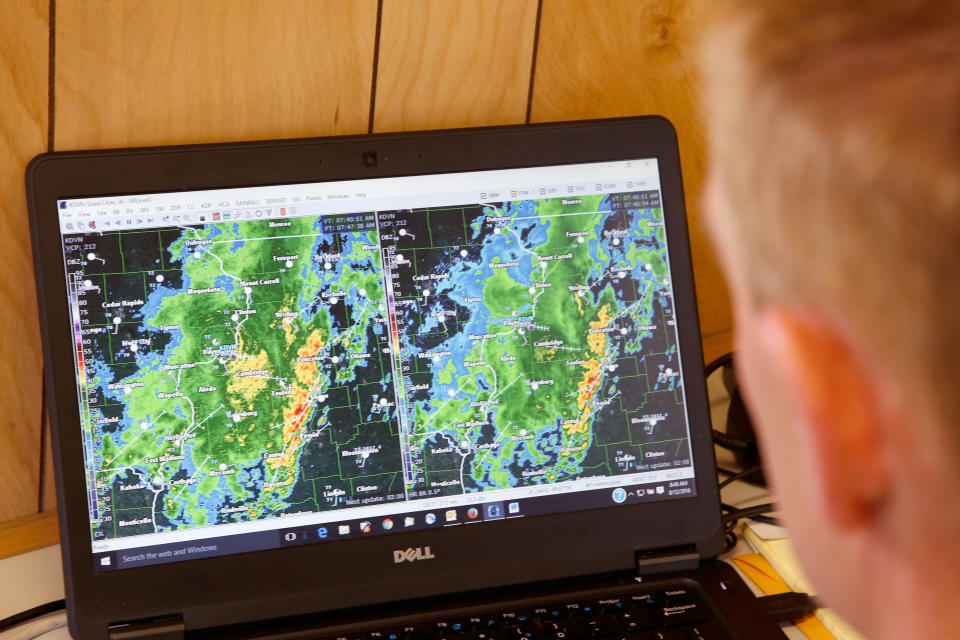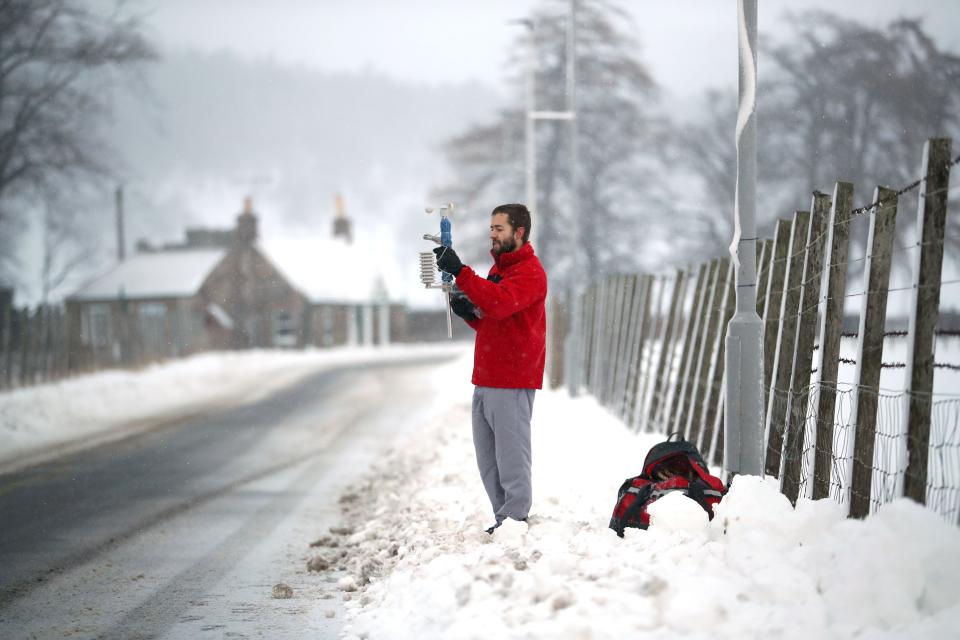So, is winter really coming? Why forecasters see polar opposites

Predicting the future is something we have yet to master but when it comes to the weather, meteorologists try to anticipate what’s coming up as early as possible. From snow storms to torrential rains and extreme temperatures, we all want to know if and when significant weather changes are coming our way.
As the weather industry tries to predict the forecast earlier and earlier, there are instances when different organizations have entirely opposing views on what’s to come.
The most recent winter forecasts ranged from snowy with frequent storms and dangerously cold temperatures, to warmer than normal conditions and few chances of snow storms. The higher level unpredictability with these long-range forecasts makes some experts particularly skeptical of their benefit and reliability.
“Sometimes I think people who work for the weather give an answer just because someone has a question, it doesn’t necessarily mean the answer has a lot of skill,” Ian Folkin, associate professor at Dalhousie University said. Folkin, who is part of the Department of Physics and Atmospheric Science, believes “it’s too early to give a winter forecast at this point.”
With some seasonal forecasts released up to six months in advance, meteorologists would like the mindset towards long-term forecasting to shift to where we think of them as more of a rough pattern than a solidified determination.
“When we talk about seasonal forecasts, I love to use the description that we’re giving a sketch of the upcoming season,” Chris Scott, chief meteorologist at The Weather Network said. “We basically start broad as we introduce the whole season, and then we continually narrow down the months, the week and the day as we get closer.”
From ancient formulas to new-age technologies, weather forecasting generally involves the same components, looking at a variety of computer models, weather patterns in history, and human analysis and adjustments.

Forecasters search for winter’s next top ‘model’
There are hundred of computer models that show an overall pattern for a particular month, including temperatures and precipitation relative to normal, and jet stream patterns. The data that each model collects creates an output of a potential forecast.
“These super computers give us predictions of what’s going to be happening over the next few months and they do this by looking at what’s happening right now in the weather patterns, the ocean temperatures, and then they solve all of these complicated physics equations to give us the answers moving forward,” Scott said.
The role of meteorologists and forecasters is to determine which models are most effective and weigh them appropriately when determining their final, overall long-term forecast.
“Some models we will weigh more heavily than other models, Brett Anderson, AccuWeather senior meteorologist said. “We’ll weigh those together and we’ll come up with an overall model forecast that we’re comfortable with.”
Despite forecasters having access to the same data, the models they use and how they scale each relative to another can influence each company’s individual seasonal forecast.
“We might see that warm forecast from one computer model but we may discount it because we see an overwhelming amount of evidence suggesting normal to below normal temperatures,” Scott said. “It depends on how much information you’re looking at and it depends on your process to give you the answer.”
Blast from the past is key to predicting the future
In addition to utilizing these computer models, forecasters always look at previous weather patterns in what they call analogue years, most commonly going back around 50 years or so. They are looking for instances in history that had similar weather sequences to what we are experiencing in the current year, then the analogue years are evaluated to determine the possibility of similar seasonal forecasts.
“If they all look the same then you have higher confidence that it’s going to have a role,” Todd Crawford, senior meteorological scientist and long-range forecasting lead at The Weather Company said. “Even better is…if all the analogue years look the same and your computer model forecasts, if they also look the same, your overall confidence is higher than normal in that case.”
The Old Farmer’s Almanac, which is particularly well-known for its seasonal weather forecasts, dating back 225 years, identifies that looking back at similar weather patterns in history is a significant component of their predictions.
“We look for the current weather patterns over six months or a year and then, using the computer, we go back in history and try to find the closest similar pattern,” Jack Burnett, managing editor of the Old Farmer’s Almanac said. “We look at the past and we say, well what happened next back then…would it make sense for what happened next back then to happen next now.”
Just like selecting and evaluating different computer models, different weather companies and groups of forecasters can come up with a different set of analogue years.
“Now another group of meteorologists, they may come up with a different set of analogues…and that will certainly have an impact on the forecast itself meaning, their group of analogues may show something totally different than our group of analogues, “ Anderson said. “That happens all the time.”

Individual interpretations
When it comes to long-term, seasonal forecasts with more unpredictable data, human analysis and intuition plays a particularly significant role.
“The expertise, intuition does have a role and it does add value,” Crawford said. “We’ve done studies internally that look at the skill or the accuracy of a long-range forecasts with just the computer models as they are, and then if you go to try the human intuition and expertise on top of that…there is a role for humans to still add value in the three month domain.”
Human expertise and experience is also required when factoring in climate change and global warming.
“On average, I would say over the past three years or so that the aerial coverage of above normal temperature is on the order of 70 per cent of the time these days,” Crawford said.
Computer models can factor in warming temperatures automatically — like in this model of Canadian winters by the year 2051 — but forecasters and meteorologists have to manually apply the lens of climate change when analyzing analogue years.
The Old Farmer’s Almanac, for example, has started to factor in warming patterns for the first time in their 2018 forecast, a tweak to their ancient forecasting formula.
With the likelihood of warming temperatures rising, predicting a particularly cold winter is increasingly more difficult.
“The challenge in forecasting now is to predict those cold winters…because there are still going to be some cold winters, it’s just not as common and it’s much more of a challenge,” Anderson said.
With the variety of interpretations that take place when long-term, seasonal forecasts are created, it’s certainly not surprising that different results are shared to the public.
“Two months out when the skill or accuracy is smaller than normal, there’s going to be a pretty big spread in ideas and you’ll probably find that almost every year in long term seasonal forecasts,” Crawford said.
So, is winter really coming? It’s up to you to decide whether you will trust these long-range forecasts, or like many Canadians, be taken by surprise when the snow really starts.


